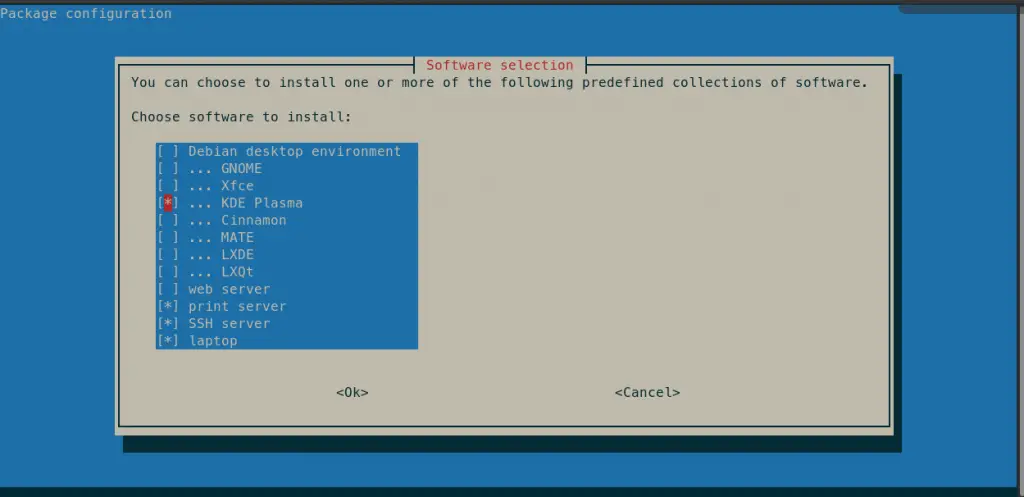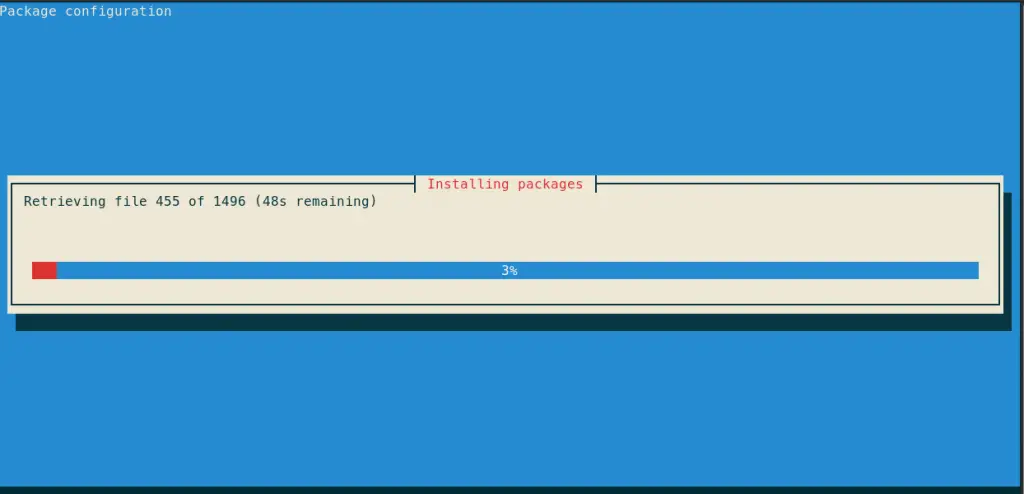How to install KDE plasma on Debian 10/11
Overview
This article will cover the steps how to install KDE plasma on Debian 10(this method also works on Debian 11).
Bur before we continue with the installation, there are few points worth noting:
Installing multiple Desktop Environments is not without risks. It requires time and some in-depth GNU/Linux knowledge in order to make ti all working smooth and to troubleshoot with ease, if some issues do come up. Here are some things that can pop-up when running more than one DE:
- The settings packages overlap so you can only have one DE pre-configured with the Debian theming. The others will need to have the theming applied manually.
- You can end up with more than one instance of similar applications. It takes some tweaking to get a single manager working in multiple DEs
- Sometimes two different DEs will share the same configuration files causing strange things to happen, especially with theming
These risks are greatly reduced by using a different user account for each DE.
In summary, running multiple DEs is possible and a great way to enjoy Debian but it requires a willingness to troubleshoot and work through minor problems. If you are the type of person who wants everything to “just work” out of the box, running multiple DEs might not be for you.
Install KDE Plasma with Tasksel
Tasksel is a tool available for Debian and Ubuntu. It’s a tool that has software list with all packages included for each software. Essentially, it automates the entire installation process. Tasksel also has all major desktop environments(Gnome, KDE, XFCE, MATE, Cinnamon ) ready to install. If you don’t have tasksel, you can install it using the command bellow:
sudo apt install tasksel
Taskel is a terminal based software, so it runs within the terminal once you start it. Also, tasksel requires sudo to install some of the software, such as the desktop environments.
sudo tasksel
When you run the tasksel, first a software selection will show up. Here you need to choose which desktop environment to install.
In the selection screen, the first option – Debian desktop environment must be selected, otherwise tasksel won’t work. Then select the KDE and navigate to OK to run the installation.

The installation process will take couple of minutes to install and during the installation process, you may get a prompt where it will ask you to choose which display manager to choose to run and manage the KDE desktop if you have multiple desktop managers installed. I have that case and I choose the lightdm.

Select the display manager to finish the installation. Once the installation is complete, the tasksel will close and return to the regular terminal. When you see that, that means that the installation is done and after that you need to restart your PC/Laptop.

On the next boot and when you reach the login screen/lock screen… On the login screen you choose which desktop you want to run. And that is it.
Install KDE Plasma with official repository(with apt package manager)
With the apt package manager, we can install the KDE plasma desktop with using only one command:
sudo apt -y install task-kde-desktop
The entire installation process is automatic, no prompts during the installation. After, when it’s done, reboot the machine and on the login page choose the KDE Plasma on the session selection.
Summary
We covered three methods how to install KDE Plasma on Debian 10 and on Debian 11 as well. All methods are pretty simple and easy to use in order to install KDE plasma on Debian. In the end, you choose which method you prefer and more familiar with. The procedure is pretty straightforward and it doesn’t require much time to install it. But again, please note, your mileage may wary and it may not turn out so easy and with no issues. Always a good idea to test the setup on a virtual machine before you decide to install it on your daily driver.
Thank you very much for your time…